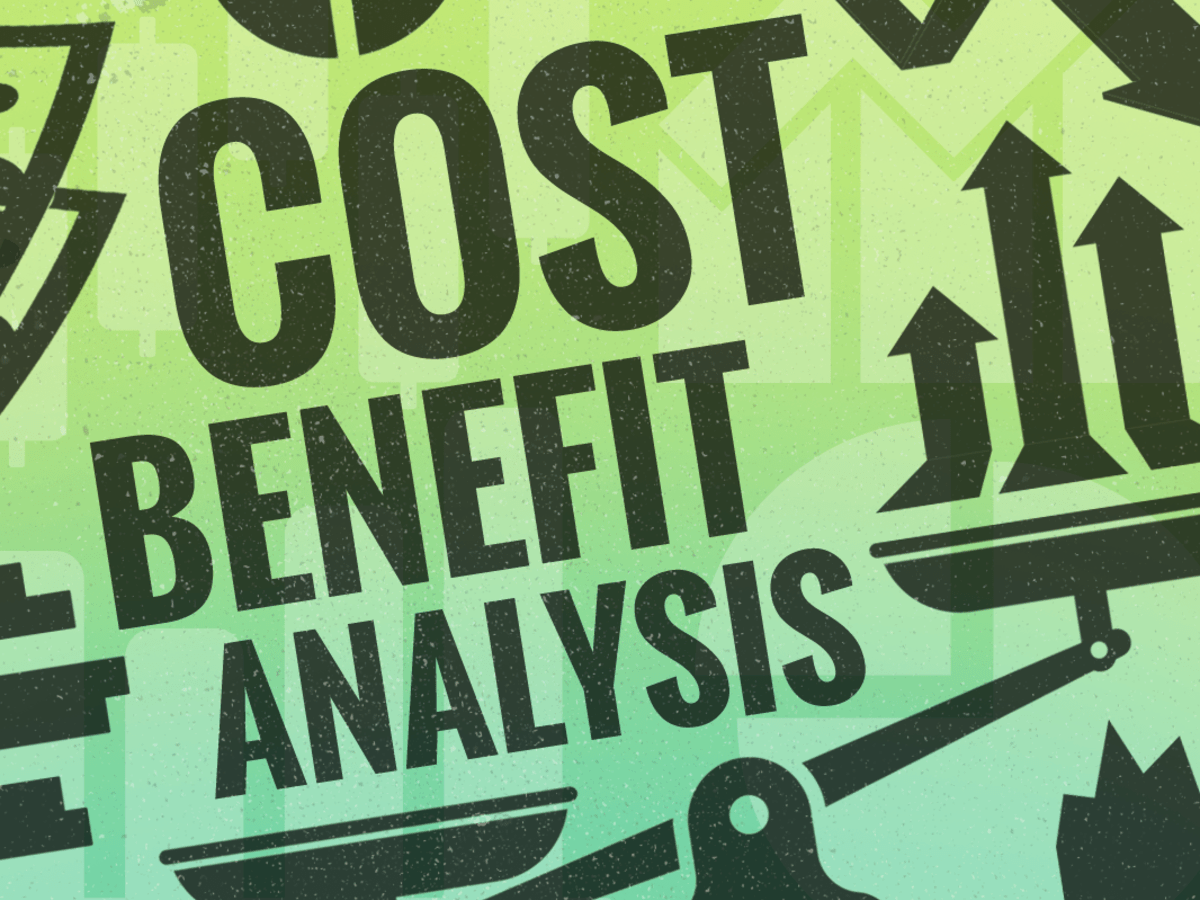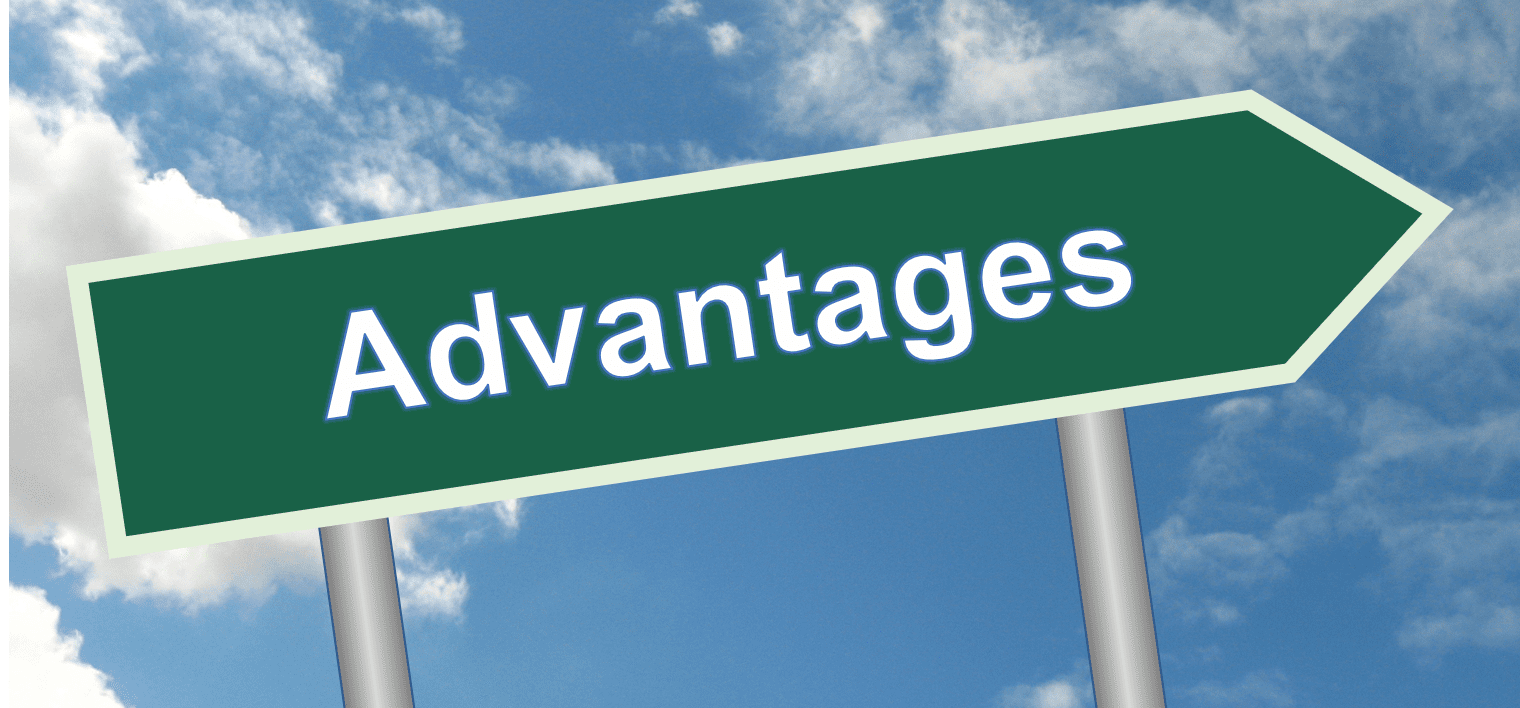Do you know what a cost-benefit analysis is? Yes, you know! because consciously or unconsciously we all are using this technique while we have to make a decision.
Cost-benefit analysis is a process that helps us to make a clear decision, and here, I discuss all details about this process.
And that helps you to grow your decision making capability.
WHAT’S IN IT
Definition of Cost-Benefit Analysis

Cost-benefit analysis is a process. By using this process, businesses or individuals can easily make their decisions in doing an action. This process makes clear, whether to do that action or not because here, we can make decisions after evaluating the action’s costs and benefits.
Let’s understand it clearly, suppose you want an extra laptop for your office work. But you are confused about whether you should bring it now or not. Because buying a laptop means it’s a current cost.
So here the coast benefit analysis helps you to make the right decision by evaluating its costs and benefits.
First, you should calculate the costs to buy the laptop, the cost is not only the laptop’s price, but you may have to hire a person to operate it, and your time, energy to buy the product is also a part of the cost.
And the benefit is, what that laptop gives you, it may make your work faster than before. So, this called the product’s benefit.
And if the product’s benefit is higher than the cost, then you can buy that product otherwise not.
Steps to Conduct a Coast-benefit analysis
There are three steps to calculate a cost-benefit analysis, compile the list, give cost and benefit or monetary value, set up the equation, and compare.
Step 1: Compile List
In the first step, we have to collect all the list of cost and benefit which associated with the action or decision.
We have to always calculate costs by assembling all types of costs. There are many types of costs available you have to use according to your situation.
- Direct costs – These are the costs which are directly related to the product like used raw materials in manufacturing, human resources, manufacturing expense.
- Indirect costs – These are costs which are indirect like salaries of the team members, electricity bill, rents for the office, factory, etc.
- Tangible costs – These are the costs which we can easily measure like, employee’s salary, factory rents, equipment, etc.
- Intangible costs – These are the costs which we can’t measure easily like we can’t measure our customer’s satisfaction level with our products, services.
- Opportunity costs – Suppose we have an opportunity to make some benefit by investing in another source, but now we investing in this. So benefit from that another source which we currently may make, but now we are stuck here, so that is also a cost for us.
- Recurring costs – These are the costs which we have to make regularly, like salary.
- Nonrecurring costs – These are the costs which we have to pay for one time.
- Monetary benefits – The benefits which we can convert in terms of money like we make a profit and we can calculate that in terms of money.
- Non-monetary benefits – But there are some benefits which we can’t measure in terms of money, like our market share, people’s opinion about us, etc. that we call non-monetary benefits.
Step 2: Give cost and benefit a monetary value.

After gathering the lists of all costs and benefits then we have to give them the monetary value. It means we have to put their values in terms of money for every cost and benefit.
At the time of giving values, we have to consider one thing whenever we have to underestimate the cost and overestimate the benefit to make a better decision.
Step 3: Make the equation and compare.
After giving them a monetary value now we have to make a numerical equation to calculate the ratio among the sum of the benefits and the costs. The equation should be like b/c.
If the benefits of the decision or product are less than the costs, then we have to reject the proposal. And if it equals to the cost then also we have to reject.
If the benefit is slightly greater than cost then also it is a wrong decision to accept.
And if the benefits of the decision or product are higher than the costs we must have to forward with the proposal.
Examples
Let’s take the example of a small digital marketing company. They have ten employees, and now they want three more employees.
So now cost-benefit analysis (CBS) helps them to decide whether they afford three people or not.
First, they have to compile the lists of costs and benefits then they put monetary values, and then they can find the possible answer to their problem.
The company’s CEO estimates three employees’ annual salary is $1,72,800 and the additional cost for their workplace may $3000, costs of new computers for there is $2000.
So the total cost is $1,77,800.
Now the benefits, the CEO may estimate the annual revenue increases to $2,30,000. And their work efficiency increases, which estimate cost is $3000, and because of their work efficiency, their customer’s trust towards their brand increase. And that’s value may $5000.
Now the cost-benefit value (b/c) equals to $2,38,000/$1,77,800. That ratio is 1:3, and here the benefit is greater than the cost.
Advantages of Cost-benefit Analysis

- It helps you to make a clear decision on any action or project.
- By using this equation, we can better predict where to invest and where to don’t.
- It helps us to know the exact costs and benefits.
- It is helpful for both business and personal projects.
- By the excellent application of it, we can also improve our business’s revenue
- It also helps to keep your company’s employees loyal.
- By doing this, we can save our valuable time while making decisions.
- It’s a quick and easy process.
- It is beneficial for short-term projects.
Limitations of Cost-benefit Analysis
- Sometimes it is difficult to calculations of non-monetary elements value.
- By using this method, sometimes we may overestimate the values which leads to a wrong decision.
- It is not so helpful for long term projects. Because it only gives you the instant benefits of a project. So it’s helpful for short term investments or projects.
And to calculate or conduct these types of budgeting for long-term projects then you can use the “Net Present Value (NPV)” method.
NPV method is just similar to CBA, but it also says about the present value of the money which are you going to get in the feature.
So for long term calculation, we can use this method.
Want to know details about NPV check our blog ( internal link )
Conclusion
If you ever face any problems during making a decision or want to buy any product but you are confused about whether it will be right or not for me. In these types of situations, you can use the cost-benefit analysis.
It helps you to make better decisions, whether you buy a product for your company or your home.
Many big companies like amazon, google also follow this cost-benefit analysis and make their major decisions.
Like google gives extra foods to their employees after the working hour. So here google give a small number of costs to the employee, and in return, it gets potential employees to work overtime.
Also you can read our blog on 3 Things That You Never Expect On Self Preparation For Great Decision Making.
FAQ’s
It is a process by which we can make difficult to challenging the project’s decisions quickly. It means it helps us to decide whether we have to invest or not in any project before joining the project.
Suppose you want to buy any product for your business then many types of questions arise in your mind. Like if I buy this product, then it helps my business to grow, or it will cost more than the profit? It gives us a solution by making a ratio of total benefit and total cost.
We have to do the analysis when we are doing any financial budgeting like buying any product or investing in any project to make better decisions.
Cost-benefit analysis is critical because when we make tough decisions in business or personal life, then sometimes we get confused and make bad decisions.
Because of some bad decisions, we may face significant losses. So we have to take this method’s help while we have to make big decisions.
To conduct a proper cost-benefit analysis first, we have to compile all the costs and benefits of a project. And then we have to give them the monetary value.
And then we have to sum all the costs and benefits differently. Then finally, we have to make the numeric equation of them and find the possible answer.



